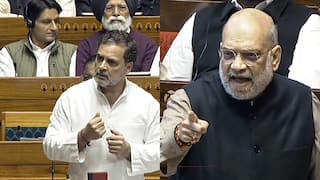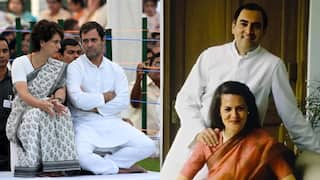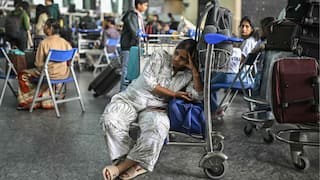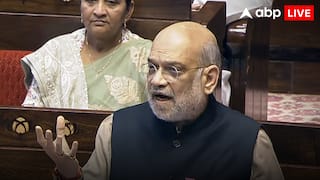India's Poverty Level Plummets To 5 Per Cent, Says NITI Aayog CEO BVR Subrahmanyam
This revelation comes in light of the latest consumer expenditure survey conducted by the National Sample Survey Office, marking a substantial increase in household consumption expenditure

CEO of NITI Aayog, BVR Subrahmanyam, has said that India's poverty level has dramatically decreased to 5 per cent, showcasing a promising shift in the country's economic landscape. This revelation comes in light of the latest consumer expenditure survey conducted by the National Sample Survey Office (NSSO), marking a substantial increase in household consumption expenditure.
The report, released after a hiatus of more than a decade, disclosed that the per capita monthly household expenditure has more than doubled in the span of 2022-23 compared to 2011-12.
Subrahmanyam highlighted the pivotal role of the survey in gauging poverty level and evaluating the effectiveness of poverty alleviation measures. Expressing confidence in the survey findings, he stated, "The data indicates that poverty in India is now below five per cent."
The survey segmented individuals into 20 different groups, uncovering that the average per capita monthly expenditure in rural areas amounts to Rs 3,773, while in urban areas, it reaches Rs 6,459.
ALSO READ | Zerodha CEO Nithin Kamath Reveals He Suffered Mild Stroke 6 Weeks Ago
Furthermore, the NITI Aayog CEO pointed out that poverty predominantly persists within the 0-5 per cent income bracket. He elucidated, "If we take the poverty line and inflate it with the Consumer Price Index (CPI) to today's rate, we see that the average consumption of the lowest fractional, the 0-5 per cent, is about the same. This means poverty in the country is there in the 0-5 per cent group only."
Pointing out positive trends, Subrahmanyam noted that consumption has surged by 2.5 times in both rural and urban areas, indicating progress across all sectors. Additionally, he underscored the diminishing gap between rural and urban consumption, suggesting a positive trajectory towards economic equality.
A noteworthy revelation from the survey is the decline in the consumption of cereals and food items, signalling a transition towards a more affluent lifestyle. Individuals are now allocating more income towards non-food items, such as milk, fruits, vegetables, and processed foods, reflecting increased prosperity and evolving consumption patterns.
Subrahmanyam also drew attention to the potential implications of the NSSO survey on inflation and GDP, advocating for a recalibration of the consumer price index to accurately mirror current consumption patterns.






































